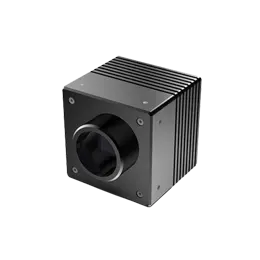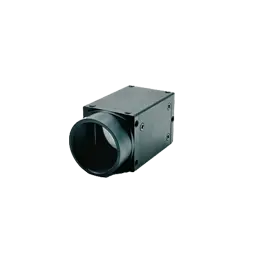With the advent of the industrial age, machine vision systems are more and more widely used in the field of intelligent manufacturing. Cameras are an important part of machine vision, and suitable cameras determine the quality of system applications. The industrial vision camera is a key component in the machine vision system. Its essential function is to convert light signals into orderly electrical signals, which is equivalent to the "eyes" of the machine vision system. Compared with traditional civilian cameras, industrial vision cameras have high image stability, high transmission capacity, and high anti-interference ability. Most industrial vision cameras on the market are based on CCD or CMOS chips.
1. The performance difference between industrial vision camera and ordinary camera
The performance of the industrial vision camera is strong, stable and reliable, easy to install, the camera is compact, strong and not easy to damage, it can work continuously for a long time, and can be used in harsh environments, which is impossible for ordinary cameras. For example: Ordinary cameras cannot work continuously for a long time, cannot take fast continuous shots, have no mounting holes, and cannot be fixed on the machine.
2. The shutter time difference between an industrial vision camera and an ordinary camera
The shutter time of the industrial vision camera can be very short, the exposure can be global exposure, and it can capture high-speed moving objects. The shutter time of industrial vision cameras can generally be adjusted from 1/100000 second to 10 seconds. With the controller, light source, and lens, the shutter time can be set at the microsecond level, and the global exposure can effectively solve the smear And other issues.
3. Differences between industrial vision cameras and ordinary cameras in scanning methods
The image sensor of the industrial vision camera is progressive scan, while the image sensor of the ordinary camera is the interlaced scan, the production process of the progressive scan image sensor is relatively complicated, the yield is low, the shipment is small and the price is expensive.
4. The difference between the frame rate of industrial vision cameras and ordinary cameras
The frame rate of industrial vision cameras is much higher than ordinary cameras. Depending on the resolution of the camera, industrial vision cameras can take several to hundreds of pictures per second, or even thousands of pictures, while ordinary cameras can only take a few pictures, which is quite different.
5. The spectrum difference between industrial vision camera and common camera
Industrial vision cameras usually output raw data, and their spectral range is often relatively wide, which is more suitable for high-quality image processing algorithms, such as machine vision applications. However, the spectral range of the pictures taken by ordinary cameras is only suitable for human vision, and after compression, the image quality is poor, which is not conducive to analysis and processing.
6. The price difference between industrial vision cameras and ordinary cameras
Industrial vision cameras are more expensive than ordinary cameras. It is mainly determined by market needs. The shipment volume of industrial vision cameras is far less than that of ordinary cameras, so it is inevitable that the cost will remain high.



